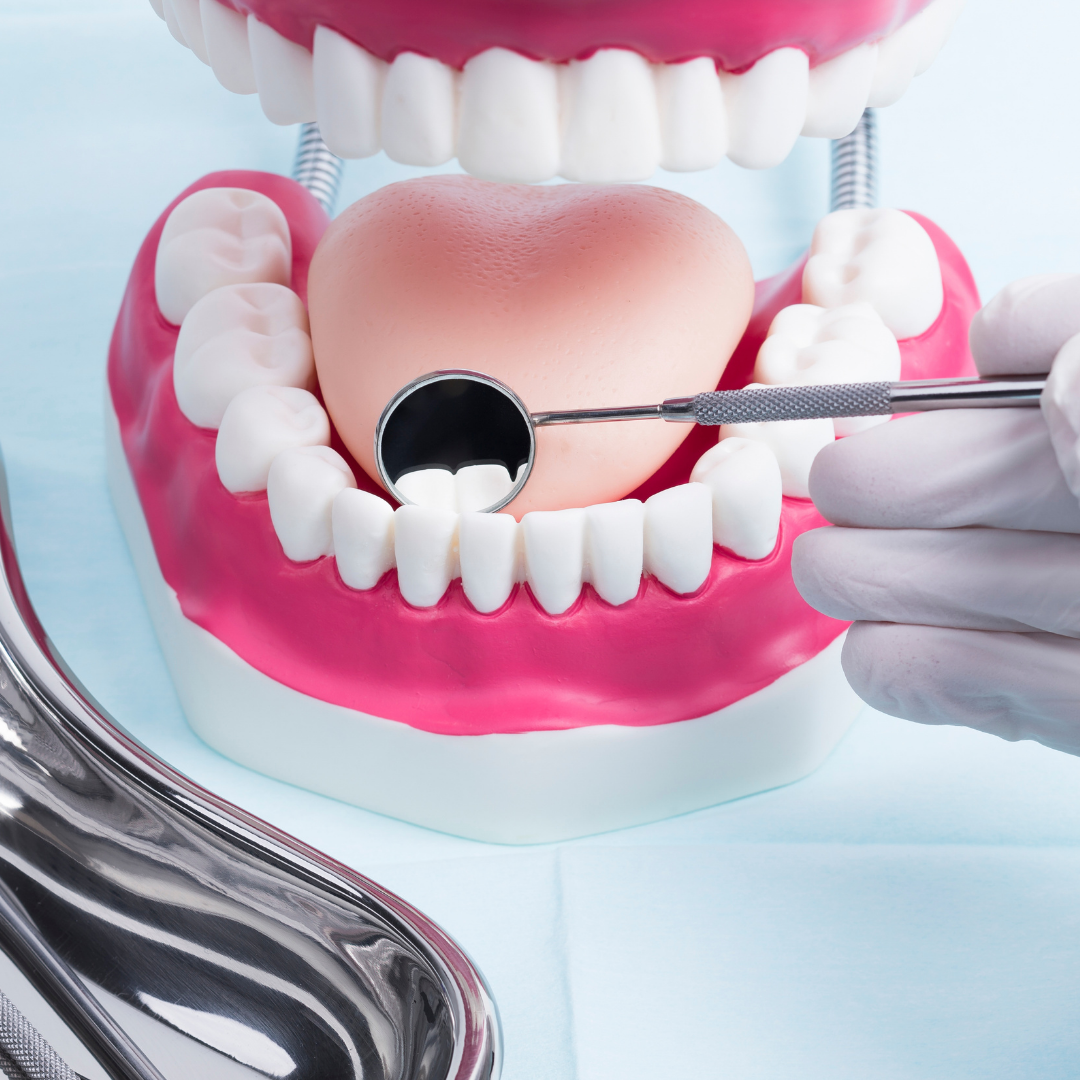What is Invisalign?
Invisalign is a revolutionary orthodontic treatment that uses a series of custom-made, clear and removable aligners to gradually straighten your teeth. These nearly invisible aligners are made from a patented SmartTrack material that provides a comfortable fit and precise tooth movement. Invisalign is a popular choice for patients seeking a more discreet and flexible alternative to traditional braces.

Invisalign Advantages
Invisible Treatment: Invisalign's clear aligners are nearly invisible and allow you to straighten your teeth without the appearance of traditional metal braces. Comfortable Fit: Invisalign aligners are custom-made from a smooth and comfortable material and provide a precise fit with minimal irritation. Removable Design: Invisalign trays can be easily removed during eating, drinking, brushing and flossing, providing better oral hygiene during treatment. Personalized Treatment Plan: Each Invisalign treatment plan is tailored to the patient's unique orthodontic needs using advanced digital technology to plan and monitor progress. Reduced Treatment Time: In most cases, Invisalign treatment can be completed in a shorter time compared to traditional braces.

Frequently Asked Questions
Orthodontics is a dental specialty that focuses on the diagnosis, prevention and treatment of dental and facial irregularities, including alignment problems.
Orthodontics can correct various alignment problems such as crooked teeth, overbites, underbites and excessive crowding.
Orthodontic treatment can be started at any age, but most people receive treatment during adolescence.
The length of orthodontic treatment can vary depending on the severity of the alignment problems, but most treatments last between one and three years.
Various types of braces are available including traditional metal braces, clear ceramic braces and lingual braces that are attached to the back of the teeth.
Invisalign treatment typically takes an average of 12 to 18 months and involves wearing a series of custom trays, each for approximately two weeks, with regular visits to the orthodontist for monitoring and adjustments.
As with any dental or medical procedure, there are some risks associated with orthodontic treatment such as tooth decay, gum disease and root resorption.
Most orthodontic treatments require regular visits to the orthodontist every four to six weeks to adjust braces and monitor progress.
Yes, you can play sports while wearing braces, but it is important to use a mouthguard to protect your teeth and braces.
After orthodontic treatment, it is important to use a retainer according to the orthodontist's instructions to prevent the teeth from returning to their original positions.

